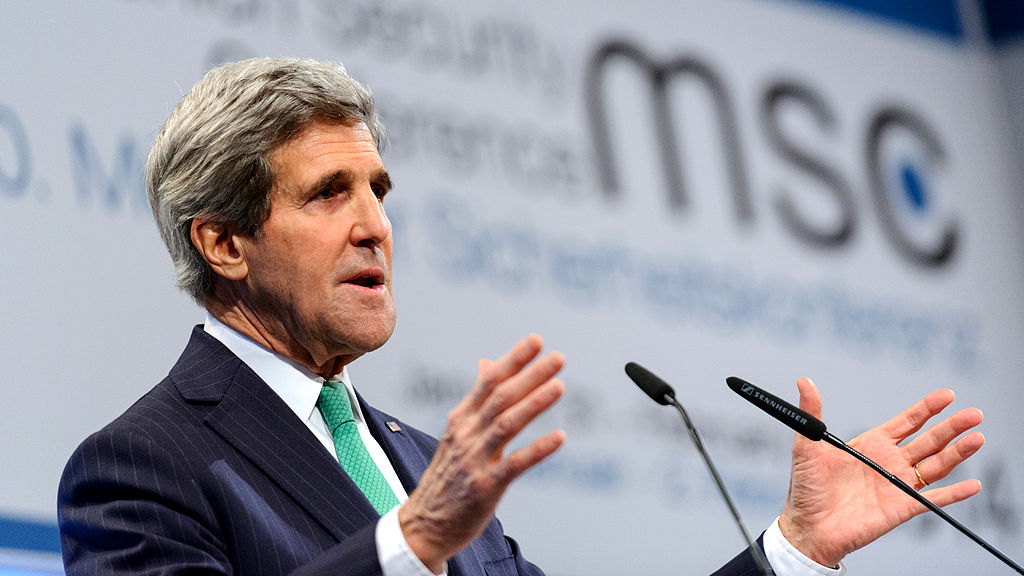 Parler
Parler Gab
Gab
- The USDA announced reforms to accelerate timber harvesting and mineral extraction on 100+ million acres of federal land, citing national security and economic independence.
- These reforms aim to increase domestic timber output by 25% and fast-track projects in high-risk wildfire zones. Environmental barriers to mining permits will also be lifted, targeting rare earth metals essential for defense and technology (e.g., cobalt, nickel).
- Supporters frame the moves as reclaiming sovereignty and jobs; critics warn of ecological harm and regulatory instability. Rollins dismissed concerns, citing USDA data that current harvesting is below sustainable levels, but environmental groups dispute the balance.
- The moves reflect Trump-era "energy dominance" goals, positioning self-sufficiency against environmental protections. The outcome hinges on whether the trade-offs—economic gains vs. ecological risks—can withstand geopolitical and climate pressures.
Increasing timber harvests: Addressing wildfire risks and economic decline
Critics and supporters alike noted the dual mandates driving the timber initiative: reducing wildfire risks and reviving struggling rural economies. Rollins cited data showing a 48.3% decline in forestry sector employment since 2000, blaming “decades of bad trade policy” for shuttering sawmills and displacing workers. The USDA’s plan targets National Environmental Policy Act (NEPA) regulations, which it argues have hindered forest management, and will fast-track projects on 112 million acres of forest land deemed at high risk of wildfires. “Healthy forests require work, and right now, we’re facing a national forest emergency,” Rollins said, echoing her memo that directed forest managers to intensify harvests while claiming to balance wildfire reduction with habitat improvement. The USDA highlighted a 2023 report showing that half of U.S. sugar pine forests could vanish by 2050 without intervention. Environmental groups, though not named in the USDA’s statements, have long warned that federal timber increases risk accelerating climate impacts and compromising biodiversity. The USDA also defended its approach as “a win-win,” arguing that removing brush and deadwood slashes fire hazards while generating jobs. However, critics have questioned whether projected cost savings will offset risks to ecosystems or logging industry profits.Mineral extraction and national security imperatives
The USDA’s parallel focus on minerals underscores a broader administration strategy to secure critical supply chains. Rollins singled out Biden-era restrictions, including a 2023 decision blocking mining in Minnesota’s Rainy River watershed, as having “threatened economic and national security” by leaving the U.S. reliant on foreign sources for 85% of its platinum, 76% of cobalt and 48% of nickel imports. These metals are vital for batteries, semiconductors and defense systems. The agency has now waived lease withdrawals in contested areas, including Alaska’s Admiralty Island, where a one-year exploratory permit issued in March could unlock deposits of silver, zinc and gold. Rollins emphasized expediting 16 mineral projects in total, stating, “We can’t allow red tape to outpace our adversaries.” The effort aligns with Trump’s 2023 executive order mandating a domestic “energy and mining renaissance,” drawing historical parallels to his predecessor’s shale boom. Rollins reiterated his administration’s stance: “Other countries won’t wait for us to decide to competently manage our forests and mines.”Political and environmental crosscurrents
The USDA’s reforms have reignited debates over federal land management, with supporters arguing they reclaim American sovereignty while opponents stress ecological costs. Rollins dismissed concerns about overharvesting, quoting a USDA analysis that current U.S. timber harvesting rates are only 60% of sustainable levels. “This isn’t about overdevelopment—this is about ending dependency,” she said, contrasting her approach with “shockingly oblivious” elite critics, including a unnamed MSNBC panel she accused of mocking the initiative as “making wood” domestically. Environmental advocates have criticized the USDA for downplaying risks, citing the 2020 Zinke versus Biden policy pendulum as proof of regulatory instability. Meanwhile, industry groups like the National Mining Association have praised the move as “commonsense,” noting that European and Asian competitors leverage state-backed resources to stoke their industries.A new chapter in federal resource policy or repeat of past mistakes?
The USDA’s aggressive push to reshape America’s resource economy reflects a decades-old ideological battle over federal land stewardship. The plan channels themes from Trump’s inaugural promises of revitalizing forgotten industries while reigniting clashes with environmental priorities. With global supply chains strained by trade wars and climate change, the administration’s gamble may set a precedent for years of policy disputes—pitting calls for self-sufficiency against protections for ecosystems and Indigenous lands. As Rollins framed it, the choice is stark: “Either we unlock the forests and mines to empower Americans, or we keep relying on adversaries.” The outcomes, however, will depend not just on permits issued, but on whether the trade-offs can weather both geopolitical shifts and ecological uncertainty. Sources include: ClimateDepot.com WashingtonExaminer.com USDA.govUSDA tightens SNAP eligibility rules to prevent benefits for illegal immigrants
By Laura Harris // Share
TRADE WAR FALLOUT: Chinese factories slow production as U.S. tariffs bite
By Laura Harris // Share
Trump’s rare earths push: A bid to break China’s stranglehold, but challenges remain
By Willow Tohi // Share
Trump administration scraps Kerry’s climate office, citing ideological overreach
By Willow Tohi // Share
Major tech and manufacturing giants ramp up U.S. investments amid push for domestic production
By Laura Harris // Share
Governments continue to obscure COVID-19 vaccine data amid rising concerns over excess deaths
By patricklewis // Share
Tech giant Microsoft backs EXTINCTION with its support of carbon capture programs
By ramontomeydw // Share
Germany to resume arms exports to Israel despite repeated ceasefire violations
By isabelle // Share










